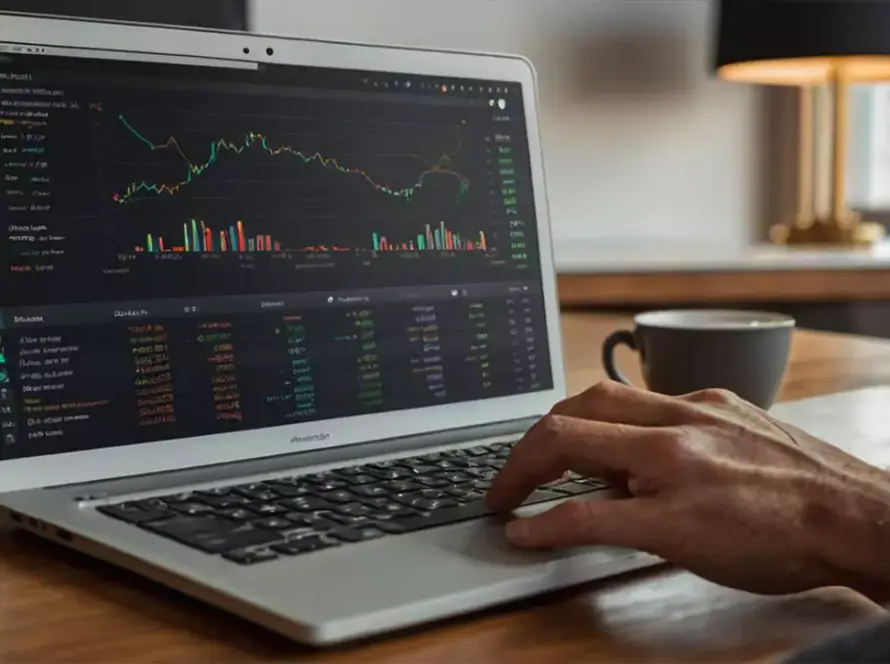Whether you’re pitching to a development finance institution, a sovereign wealth fund, or a private equity investor, one thing is universal—a well prepared feasibility study is your ticket to credibility and funding. But not just any study will do.
In the Middle East and Africa, where risk perception is often high, a standard report won’t win you deals. Investors are looking for bankable, data backed, and risk aware feasibility studies that demonstrate return on investment, operational viability, and social impact.
What Makes a Feasibility Study “Investor Ready”?
A feasibility study that attracts serious investors includes more than technical specs—it presents a compelling investment case. Here’s what investors want to see:
1. Clear Problem Statement and Development Rationale
Why does the project matter? Who does it serve? Frame the project around a regional or national priority, like access to clean water, improved logistics, or energy security. This shows relevance and alignment with funding objectives.
2. Detailed Technical Feasibility
Investors want evidence that the project is technically sound and scalable:
- Engineering assessments
- Site and environmental studies
- Material and resource availability
- Construction methodologies
Include contingency plans and options for scalability or phased implementation.
3. Market Demand and Socioeconomic Impact
Feasibility studies must prove that the demand exists:
Bonus points for aligning with UN Sustainable Development Goals (SDGs).
Market size and demand projections
Stakeholder needs assessments
Employment generation and local development impacts
4. Solid Financial Projections and Sensitivity Analysis
Without sound financial modeling, your proposal may be dead on arrival:
- Detailed CAPEX and OPEX breakdowns
- IRR, NPV, and payback period
- Revenue streams and pricing assumptions
- Sensitivity analysis for interest rates, inflation, and cost escalations
Investors want to see bankability—a financially viable project with defined returns and mitigated risk.
5. ESG and Risk Management Integration
Today’s investors are ESG conscious. Show them:
- Environmental mitigation plans
- Community engagement strategy
- Governance and transparency frameworks
Risk registers with mitigation strategies for technical, legal, and operational risks are also essential.
6. Project Delivery and Governance Plan
Who’s managing the project? How will it be delivered?
- Project timeline with milestones
- Procurement and contracting strategies
- Governance and oversight structure
Strong project governance builds investor trust and improves decision making during execution.
In a competitive funding environment, your feasibility study must do more than inform—it must convince, inspire, and de risk your project for investors.




